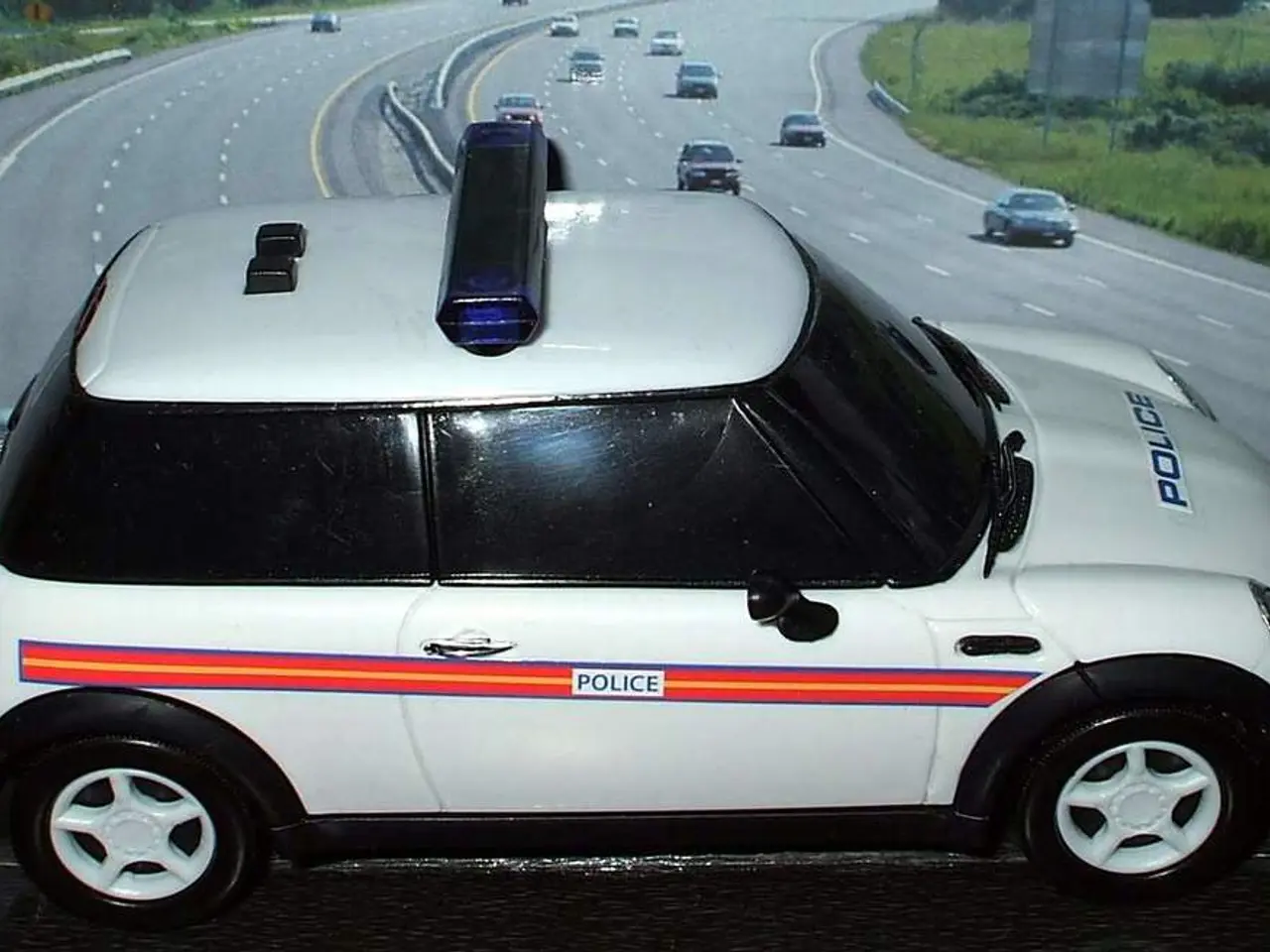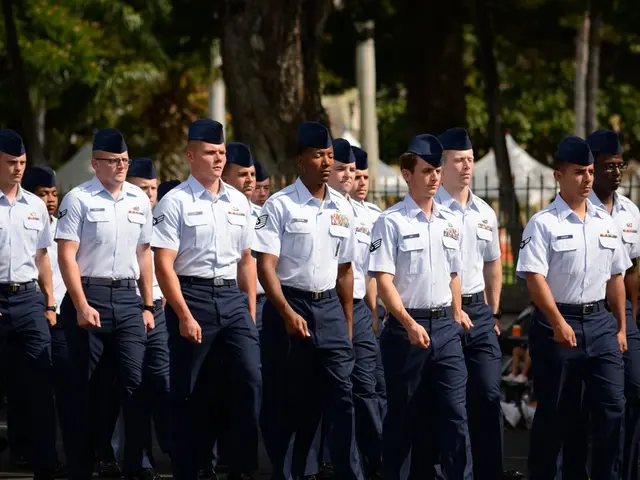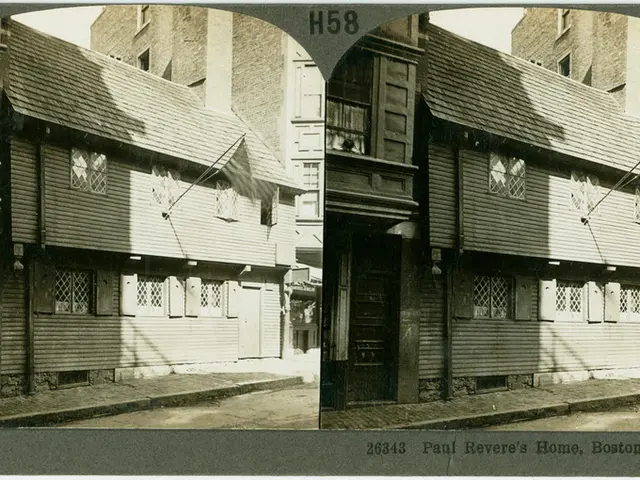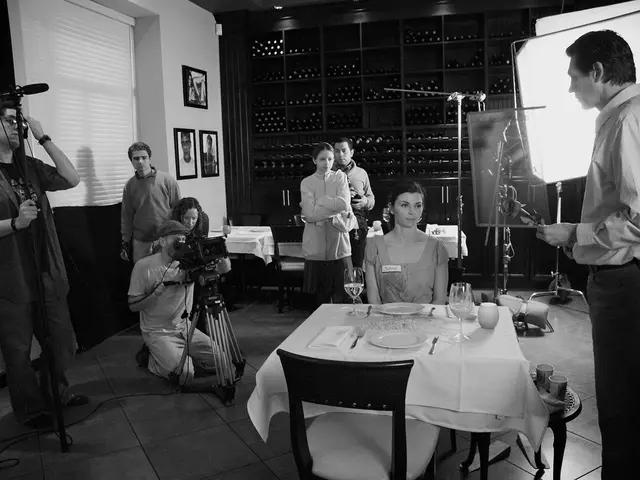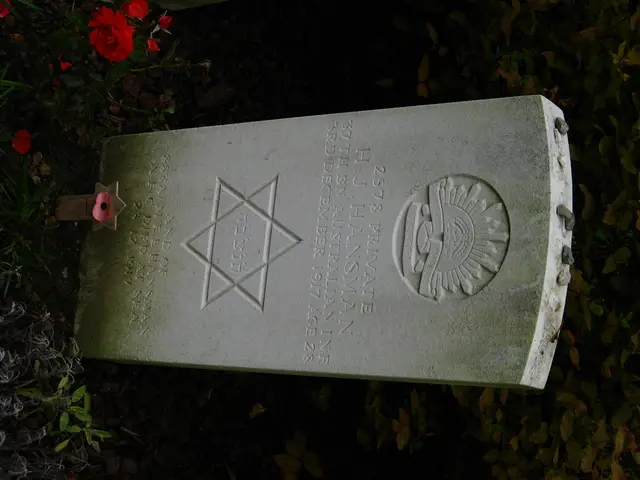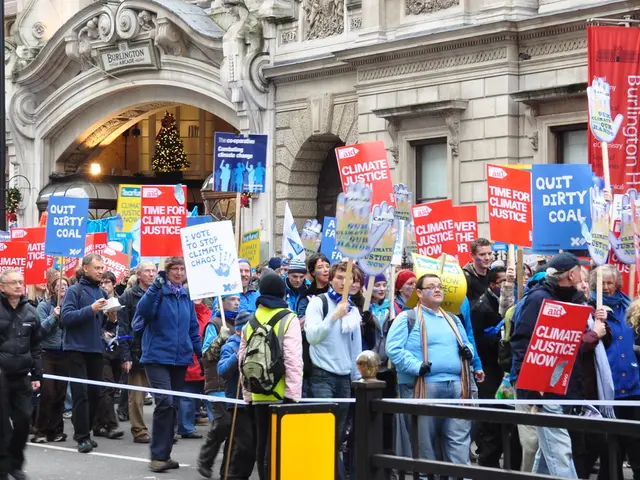NYC's 'Police-Free Zone' Experiment: A Mixed Bag of Results
In an unprecedented initiative, a two-block corridor in Brownsville, New York City, has been declared a 'police-free zone' for five days. The Brownsville Safety Alliance (BSA) program aims to test the idea that residents can maintain safety in their community without uniformed police officers present. The initiative, funded by the city, has seen a reduction in shootings and murders but has also led to an increase in other crimes.
The BSA program, which runs four times a year, expands on a pilot project started under former Mayor Bill de Blasio. It allows residents and community members to handle low-level 911 calls and use their credibility to de-escalate situations. During the operation, uniformed police officers are told to stay out of the zone from noon to 6 pm. A community group called Brownsville In Violence Out responds to nonviolent calls. The initiative has been praised by Queens Assemblyman Zohran Mamdani, a mayoral frontrunner, who visited one of the police-free zones last April. However, Republican mayoral candidate Curtis Sliwa has criticized the program, stating that it invites chaos and puts residents and businesses at risk. Despite some positive results, other crimes such as robberies, felony assaults, burglaries, and grand larcenies have surged in the area. The NYPD has stated that the signs posted in the area were unauthorized, and the department continues to handle all calls for service.
The Brownsville Safety Alliance program continues to spark debate among New York City residents and political figures. While some see it as a step towards community empowerment, others worry about the potential risks. As the program expands, it will be closely monitored at the Police Commissioner level to assess its long-term impact on public safety and community engagement.
